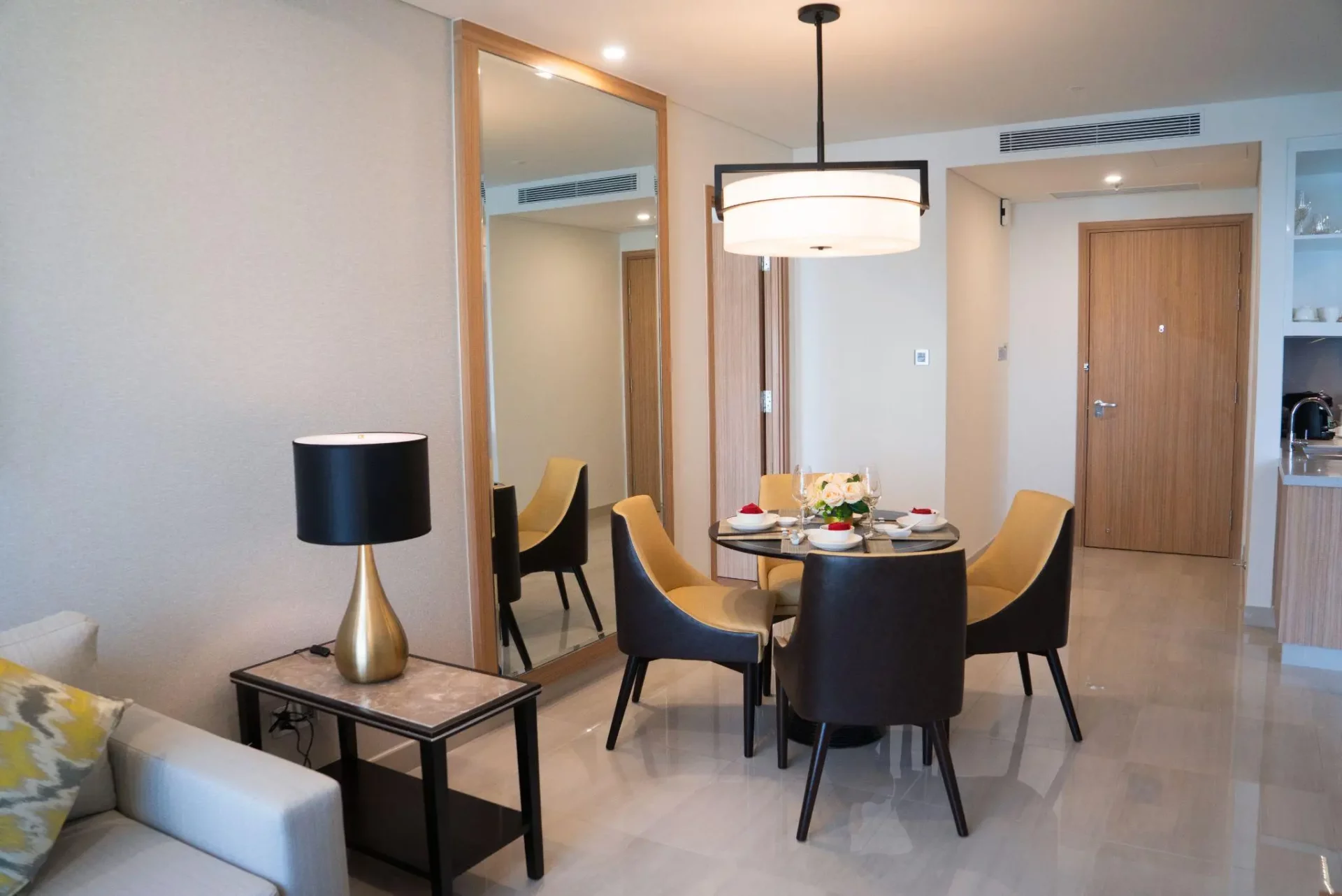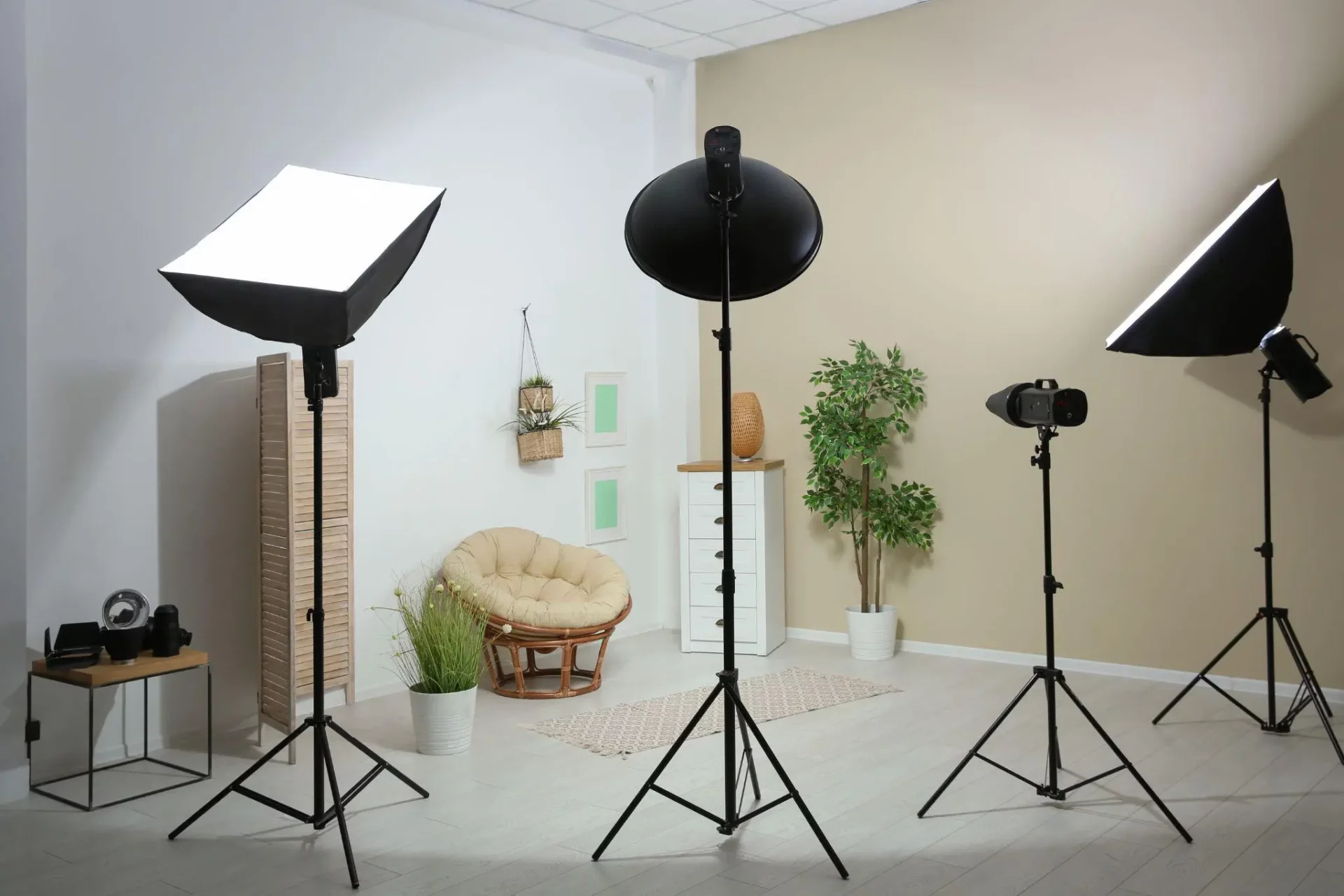How to Connect LED Lights
Connecting LED lights has become a popular way to enhance indoor and outdoor spaces’ visual appeal and ambiance. LED light strips are versatile, energy-efficient, and available in various colors and brightness levels. They add a modern touch to home decor, accentuate architectural features, and provide functional illumination. The convenience of easy installation methods and the flexibility of cutting to desired lengths allow homeowners and DIY enthusiasts to customize their lighting schemes without the need for extensive electrical knowledge.
To successfully connect LED lighting, one should understand the basics of their operation and the components involved. LED strips typically require a direct connection to a power source, which can be achieved through a power adapter or transformer to ensure compatibility with household voltage. It’s crucial to pair the LED lights with a compatible power supply to avoid overloading circuits or damaging the LEDs. Moreover, adding a dimmer switch provides control over the light intensity, creating the perfect ambiance for any occasion. Proper planning and precise execution of each step ensure the longevity and performance of these modern lighting solutions.
Modern artistic abstract futuristic hanging lamp beautiful interior decoration.
Understanding LED Lights
Before incorporating LED lights into any project, one must grasp the variations and advantages these lights offer.
Types of LED Lights
LEDs (Light Emitting Diodes) come in a multitude of types suitable for different applications:
- SMD (Surface-Mounted Diode): These are the most common LEDs found in light strips and bulbs due to their compact size and high luminous efficiency.
- COB (Chip On Board): COB LEDs host multiple diode chips on the same surface, allowing for a higher density of LED chips and a more uniform light output.
- DIP (Dual In-line Package): Older and less efficient, DIP LEDs are characterized by their traditional through-hole design and are commonly used in basic electronic circuits.
Benefits of LED Lighting
The switch to LED lighting holds several key benefits:
- Energy Efficiency: LEDs consume significantly less power than traditional incandescent bulbs, translating to lower energy costs.
- Longevity: The lifespan of LED lights often surpasses that of other lighting technologies, frequently lasting tens of thousands of hours before needing replacement.
- Eco-Friendliness: In addition to energy savings, LEDs contain no toxic elements and produce less waste due to their long life.
Preparing for Installation
Before starting the installation of LED lights, proper preparation is essential. The installer should gather all necessary tools and materials, and adhere to safety precautions to ensure a smooth and secure installation process.
Tools and Materials Needed
- Screwdrivers: Both flathead and Phillips.
- Wire Strippers: For removing insulation from wires.
- Wire Nuts or Connectors: To safely connect wires.
- Voltage Tester: To ensure power is off.
- Ladder: To reach ceiling fixtures.
- Mounting Bracket: If not included with the light fixture.
- LED Fixture: The light to be installed.
Safety Precautions
- Turn Off Power: Always start by turning off the power at the circuit breaker.
- Verify Power Is Off: Use a voltage tester on the wires to make sure the power is indeed off.
- Wear Safety Gear: Protective eyewear and gloves can prevent injury.
- Use a Stable Ladder: Ensure the ladder is secure and on a steady surface to prevent falls.
Connecting LED Lights
Connecting LED lights requires a basic understanding of wiring, ensuring a suitable power supply, and effectively linking multiple strips for a cohesive lighting setup.
Wiring Basics
When connecting LED lights, one must correctly match the polarity. This means connecting the positive (+) lead of the LED strip to the positive (+) terminal of the power source, and the same with the negative (-) leads. Inverting these can lead to a non-functional setup or, worse, damage the LEDs.
Power Supply Connection
The power supply must match the requirements of the LED lights. The voltage should be consistent with the LED strip rating, commonly 12V or 24V. The current rating (in amperes) of the power supply should exceed the total current draw of the connected strips. Use a connector to attach the strip’s power leads to the power source, ensuring there’s no loose wiring.
Linking Multiple LED Strips
To link multiple LED strips, one can use connectors such as:
- Direct connectors: Ideal for extending the length without additional wires.
- Wire connectors: Best for corners or distant connections.
Important: Ensure all connections are secure and that the total length does not exceed the maximum run length recommended by the manufacturer, as voltage drop can lead to dimmed LEDs at the far end.
Troubleshooting and Maintenance
When connecting LED lights, users occasionally encounter operational issues. Effective troubleshooting can resolve these problems and regular maintenance ensures longevity and peak performance.
Common Issues and Solutions
Flickering
- Cause: Inconsistent power supply or loose connections.
- Solution: Verify that the power supply is stable and connectors are secure.
Dimming
- Cause: Overloading power supply or degradation over time.
- Solution: Check power supply’s voltage and current ratings; replace LED lights if necessary.
Non-functional lights
- Cause: Faulty wiring or failed LED.
- Solution: Inspect wiring for damage and test LEDs individually with a multimeter.
Unresponsive to controls
- Cause: Incorrect wiring configuration or faulty controllers.
- Solution: Ensure correct wiring as per the user manual and inspect controllers for damage.
Ongoing Care and Handling
Cleaning
- Gently remove dust and debris using a soft, dry cloth.
- Avoid using liquid cleaners unless they are specified for use on LED components.
Inspection
- Conduct regular inspections for signs of wear, such as frayed wires or loose connections.
- Immediately address any issues to prevent further damage.
Avoiding Stress
- When moving or installing LED lighting, handle with care to avoid bending or putting stress on connectors and wiring.
- Ensure that wire lengths are sufficient to avoid tension.
Frequently Asked Questions
A close-up picture of a string of LED lights hangs on a wood-paneled wall
What do I need to know about connecting multiple LED light strips together?
When connecting multiple LED light strips, one should be aware of the maximum run length to prevent voltage drop. It is also important to maintain consistent polarity across all strips to ensure proper function.
How do I safely connect LED strips without using a connector?
To connect LED strips safely without a connector, one must solder the strips’ contacts directly. This requires careful stripping of the coating and soldering wires to the corresponding positive and negative pads.
Can I connect my LED strip lights to my phone, and if so, how?
Yes, one can connect LED strip lights to a phone through Bluetooth or Wi-Fi using a compatible controller. By pairing with a designated app, they can control the lights’ color, brightness, and patterns.
After cutting my LED strip lights, how can I reconnect them?
One can reconnect cut LED strip lights by using designated connectors or soldering. Connectors should match the strip’s pin layout, ensuring that the positive and negative terminals align correctly.
What steps should I follow to connect LED strip lights to a power supply?
One should locate the positive and negative input ports on the power supply, corresponding to the LED strips’ wires. The positive wire should be inserted into the positive input, and the negative wire into the negative input, ensuring a secure connection.
What is the proper procedure for connecting LED light strips together with a connector?
To properly use a connector for connecting LED light strips, align the connector with the correct polarity. Then, snap the light strip into the connector, ensuring firm contact with the clamps inside the connector.






























